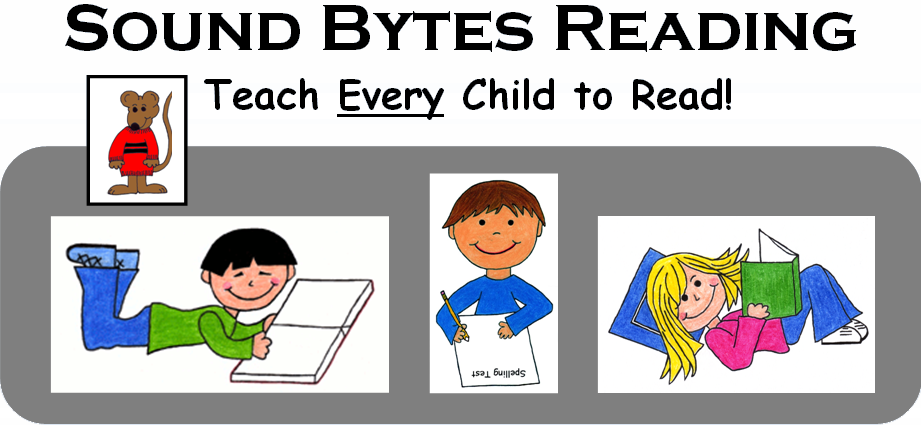Teaching Reading – Fluency Instruction for Beginning Readers

What is fluency? Fluency is one of the five main components in a good reading program. If you speak a language fluently, you are able to speak it easily and without effort, and your speech flows smoothly. You do not have to stop and think about each word you want to say. Likewise, if you read fluently, you are able to move from word to word, from sentence to sentence, and from paragraph to paragraph easily and with little effort, just like you do when you are speaking your native language.
Can we teach students to read fluently? Yes, we can. If students have a solid phonics foundation, they will be able to decode words easily because they will quickly recognize the letter-sound patterns they have been taught. A student must be able to decode words easily to be able to read fluently. But reading fluently involves more than having good phonics instruction and decoding words. It also includes expression, intonation, and proper speed while reading.
When a reader reads a passage aloud with expression, a listener will hear the excitement of the story in the voice of the reader. Intonation means the tone of the reader’s voice goes up and down—and there will be a different vocal sound at the end of a statement than at the end of a question. Students may learn intonation intuitively if parents have been reading aloud to them frequently. This is one reason why reading aloud to children is so important.
We can teach proper intonation to beginning readers who do not know how to do this. The fluency instruction in a good reading program will direct teachers to teach students how to use proper intonation by demonstrating it for them and asking them to follow the model.
Reading material should not be above the decoding level or the speaking and listening vocabulary level of beginning readers if they are to become fluent readers. A reading selection should not have many words that beginning readers do not understand. It is very important that we include vocabulary instruction when teaching beginning readers, struggling readers, and ELL students. A vocabulary level that is too advanced in a reading selection reduces both fluency and comprehension.
Fluent reading also requires practice reading aloud. This is why repeated reading of the same material is helpful. When re-reading stories, the student is able to put less effort into decoding the words and more effort into having smooth and expressive reading.
Fluent reading leads to better comprehension!
